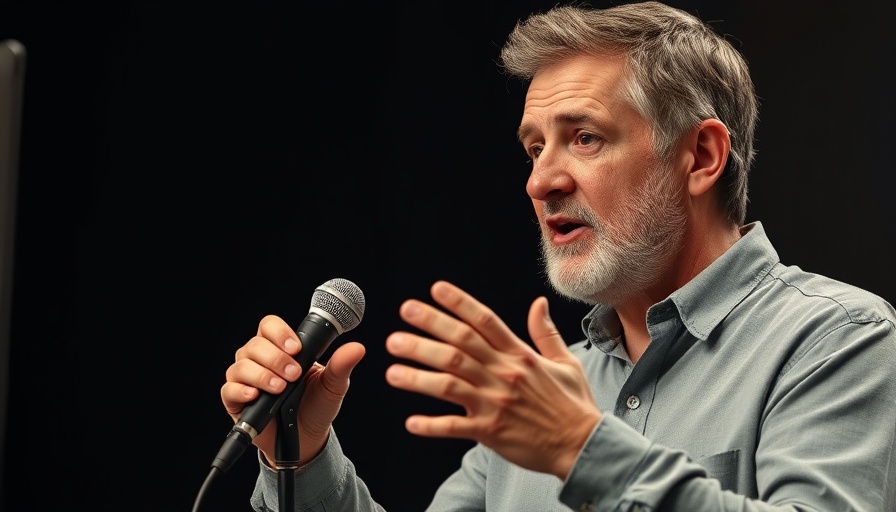
Understanding the Nuances of Effective Dialogue in Storytelling
Dialogue plays a pivotal role in narrative storytelling. Good dialogue not only conveys information but also reflects character traits, builds relationships, and underscores conflicts. Recognizing the difference between effective and ineffective dialogue can significantly enhance both writing and storytelling skills for aspiring writers and seasoned authors alike.
In "Bad Dialogue vs Good Dialogue ROUND 5 (Writing Advice)", the discussion dives into the intricacies of dialogue in storytelling, highlighting crucial insights that inspire this deeper analysis.
The Essence of Conversational Flow
As highlighted in the discussion on bad vs. good dialogue, effective dialogue sounds natural and appropriate for the characters and their environments. For instance, a conversation delivered by a whimsical character like Buzz Lightyear would seem out of place in the gritty drama of Tony Soprano’s world. Understanding that character, tone, and situation dictate the kind of dialogue used leads to richer storytelling and more relatable character interactions.
The Art of Conflict Through Speech
Engaging dialogue becomes a tool for conflict - it's where characters attack, defend, and reveal the core of their motivations. As seen in scenes from Good Will Hunting and The Sopranos, conflict in dialogue serves not only to deepen relationships but also to push character arcs forward. A powerful exchange challenges characters, inviting the audience into deeper emotional engagement.
Uncovering the Subtext
Great dialogue is layered with unspoken meaning or subtext, providing opportunities for conflict and emotional tension. Characters often say what they truly mean without outright declaring their thoughts. This layer of subtext can be seen in dialogues throughout various iconic narratives, captivating audiences and inviting them to look beneath the surface.
Avoiding Pitfalls: Examples of Bad Dialogue
On the flip side, it’s crucial for writers to recognize types of bad dialogue that can distract from the story. Examples like "product placement dialogue" can break immersion, sounding unnatural and manipulative. Additionally, "mindreading dialogue" demonstrates how ignorance of character development can lead to absurd writing. Taking the time to identify these common missteps can elevate one's writing significantly.
Why This Matters to Writers Today
A strong understanding of dialogue not only enhances character development but also plays a critical role in the dynamics of storytelling. By avoiding common traps and learning how to layer dialogue with subtext, writers can create more engaging narratives. For those interested in pursuing writing as a passion or career, mastering the art of dialogue is essential.
 Add Row
Add Row  Add
Add 





Write A Comment